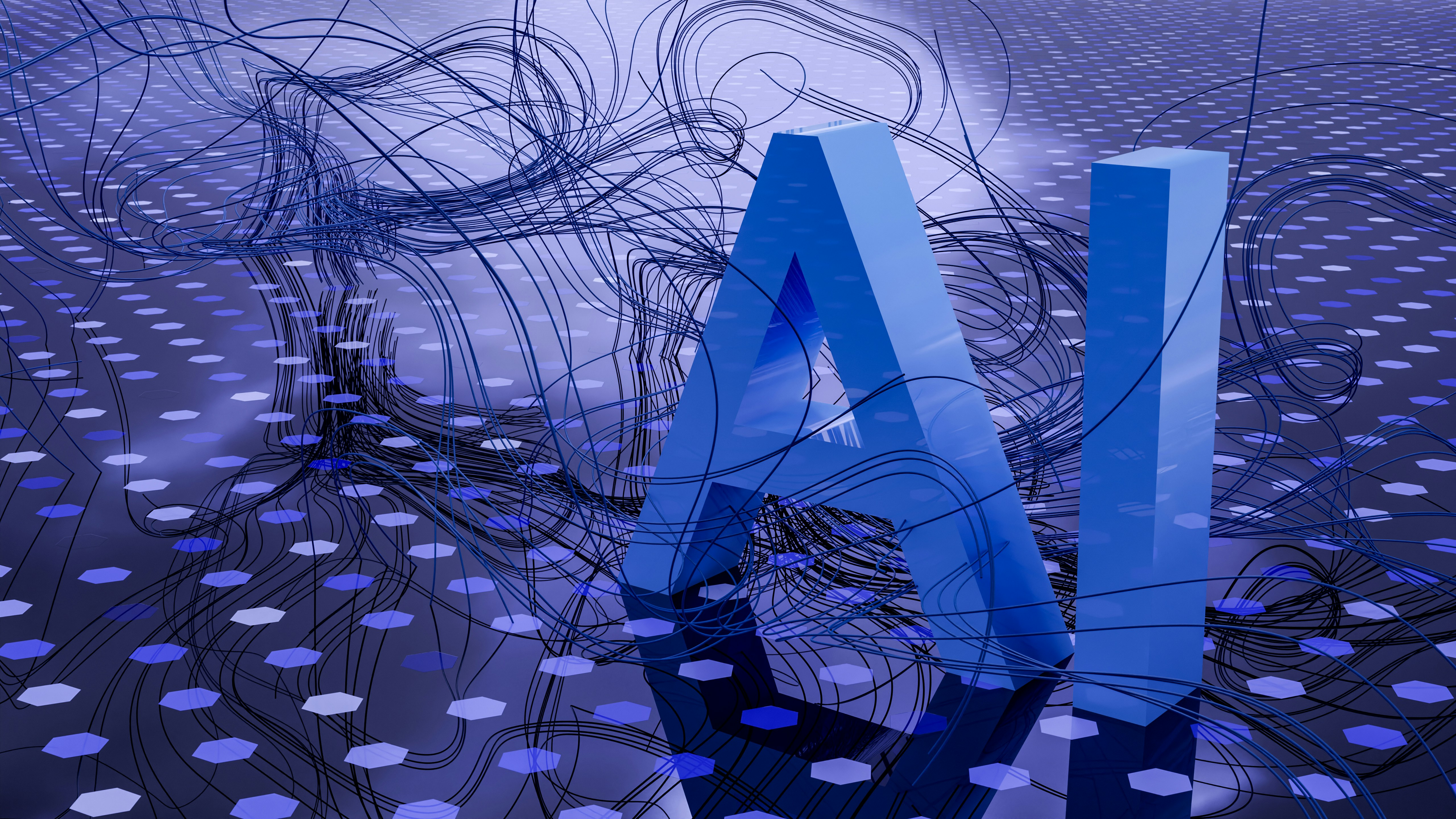
Introduction to Artificial Intelligence
Artificial Intelligence (AI) refers to the simulation of human intelligence in machines that are programmed to think and learn like humans. This technology encompasses various sub-fields, including machine learning, natural language processing, and robotics. The roots of AI trace back to the mid-20th century, when pioneer scientists such as Alan Turing and John McCarthy began to explore the concept of machines processing information in a way that mimics human cognitive functions.
The historical progression of AI can be characterized by several significant milestones. Initially, the field was dominated by rule-based systems that followed explicit instructions given by programmers. However, as computational power and data availability increased, AI evolved towards more sophisticated methods, particularly through advancements in machine learning. This pivotal shift facilitated the development of algorithms that enable computers to learn from data patterns rather than relying exclusively on pre-defined rules.
Over the years, AI has continued to progress, achieving landmark breakthroughs. In 1997, IBM’s Deep Blue defeated world chess champion Garry Kasparov, demonstrating the potential of AI in strategic thinking. More recently, developments in deep learning and neural networks have further enhanced the ability of AI systems to perform tasks that require advanced levels of understanding and adaptation. The transition from traditional programming to intelligent systems has had a profound impact on modern technology, leading to the integration of AI into numerous applications, from autonomous vehicles to virtual personal assistants.
As we explore the many dimensions of artificial intelligence in 2026, it is crucial to understand this foundational context. By recognizing the historical evolution and key milestones of AI, one can better appreciate its current applications and future possibilities. The journey from rudimentary algorithms to sophisticated learning systems illustrates the transformative potential of AI and sets the groundwork for deeper engagement with essential AI concepts.
🧠 Evolution and History of Artificial Intelligence
The journey of AI can be divided into several key phases:
Rule-Based AI (1950s–1980s) – Early AI systems were designed to follow fixed rules and logic programmed by humans.
Machine Learning Era (1990s–2010s) – With advancements in data availability and computational power, AI began to “learn” from data rather than being explicitly programmed.
Deep Learning Revolution (2010s–Present) – Inspired by the structure of the human brain, neural networks enabled computers to perform complex tasks like speech recognition, image classification, and autonomous driving.
A milestone moment came in 1997 when IBM’s Deep Blue defeated world chess champion Garry Kasparov, proving AI’s potential in strategic decision-making. In recent years, breakthroughs in deep learning and neural networks have accelerated AI’s integration into everyday life — from self-driving cars to virtual assistants like Siri and Alexa.
⚙️ Key AI Technologies and Their Real-World Applications
AI encompasses multiple cutting-edge technologies, each with specific real-world uses that are revolutionizing industries:
🔹 1. Machine Learning (ML)
Machine learning enables computers to analyze data, recognize patterns, and make predictions without manual intervention.
Applications:
Fraud detection in banking
Product recommendations (e.g., Amazon, Netflix)
Predictive analytics in healthcare and marketing
🔹 2. Neural Networks
Inspired by the human brain, artificial neural networks (ANNs) consist of layers of nodes that process information and make intelligent decisions.
Applications:
Image and speech recognition
Self-driving vehicles
Smart home automation
🔹 3. Natural Language Processing (NLP)
NLP allows machines to understand and communicate in human language.
Applications:
Voice assistants (Alexa, Google Assistant)
Chatbots and customer support automation
Sentiment analysis and content summarization
🔹 4. Computer Vision
Computer vision enables AI to analyze and interpret visual data from the real world.
Applications:
Medical image diagnostics
Surveillance and facial recognition
Industrial automation and quality inspection
By integrating these technologies, businesses are achieving greater efficiency, data-driven insights, and enhanced customer experiences.
⚖️ Ethical Issues and Challenges in Artificial Intelligence
Despite its advantages, AI presents serious ethical and societal challenges that require responsible governance:
🔸 1. Bias in AI Algorithms
If AI is trained on biased data, it can replicate social inequalities — affecting decisions in recruitment, policing, and lending. To prevent this, organizations must use diverse and fair datasets.
🔸 2. Data Privacy Concerns
AI relies on massive datasets, often containing sensitive information. Data security, user consent, and transparency must be prioritized to protect individual privacy.
🔸 3. Job Displacement
Automation may replace certain roles, creating unemployment risks. However, AI also creates new jobs in data science, AI development, and cybersecurity. Upskilling and AI education can help balance this shift.
🔸 4. Accountability and Transparency
As AI systems make critical decisions, determining who is responsible for errors becomes complex. Companies should establish ethical AI frameworks to ensure accountability.
🚀 The Future of Artificial Intelligence: Emerging Trends and Opportunities
The next decade of AI innovation will be driven by these major trends:
🌟 1. Quantum AI
Quantum computing will supercharge AI by handling complex calculations in seconds, unlocking new possibilities in drug discovery, cryptography, and optimization.
🌟 2. Explainable AI (XAI)
As AI becomes more integrated into governance and healthcare, explainable AI will make decision-making transparent and understandable, increasing trust and compliance with ethical standards.
🌟 3. AI for Global Good
AI will play a major role in solving global challenges — from climate prediction and disaster management to disease detection and agriculture optimization.
🌟 4. Human–AI Collaboration
Rather than replacing humans, the future of AI focuses on collaborative intelligence — where humans and machines work together for greater innovation, creativity, and problem-solving.

